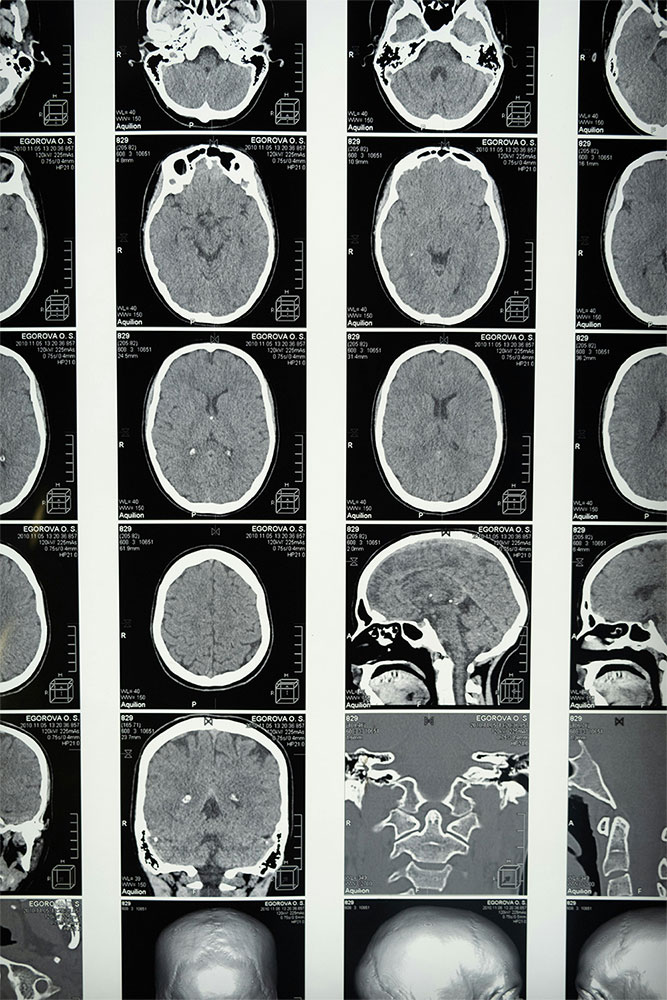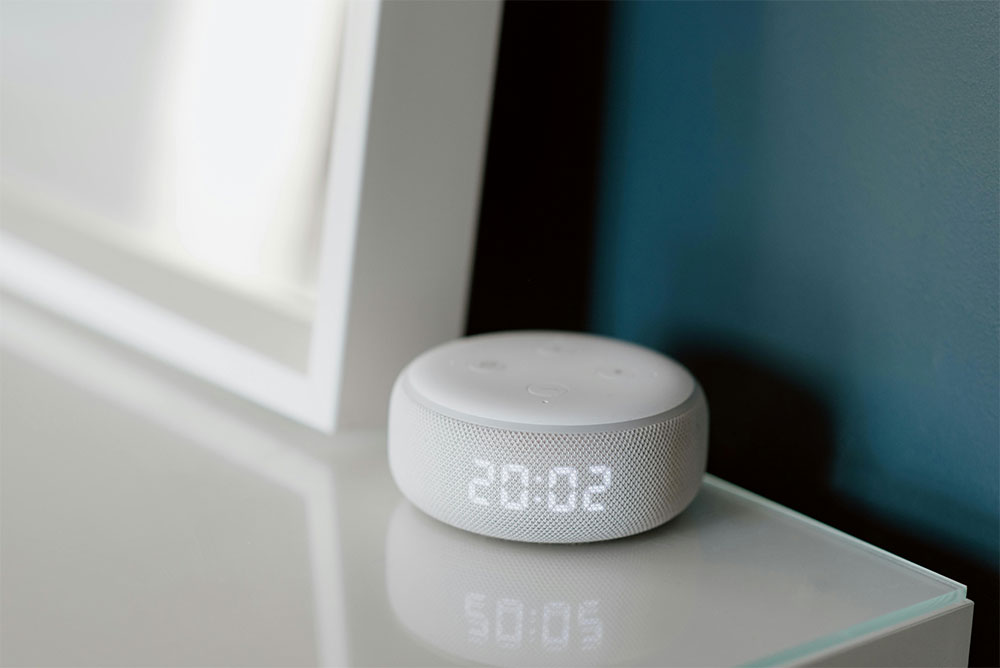
Christopher Ravn
Key Takeaways
1. Understanding the emotional roots of fixation behaviors in dementia, such as fear and anxiety, is crucial for effective management and support.
2. Providing reassurance, maintaining consistent routines, and engaging in calming activities can help mitigate fixation episodes and promote emotional well-being in dementia patients.
3. Incorporating tailored activities and effective communication techniques can redirect the focus of dementia patients away from fixation behaviors, enhancing their quality of life and overall well-being.
Table of Contents
1. How To Deal With Fixation In Dementia?
2. What Is Fixation In Dementia?
3. Why Do People With Dementia Fixate On One Thing?
4. Is There A Treatment To Reduce Dementia Fixation Behaviors?
5. How To Deal With Fixation In Dementia At Mealtimes?
6.Activity Ideas To Focus Away From Dementia Fixation Behaviors
7. Effective Communication Techniques
8. Adapting Routines To Reduce Dementia Fixation
9. The Emotional Roots Of Dementia Problematic Behaviors
10. Fear And Anxiety
11. Seeking Comfort And Security
12. The Need For Reassurance
13. Frequently Asked Questions About How To Deal With Fixation In Dementia
How To Deal With Fixation In Dementia?
Fixation in dementia refers to someone consistently fixating on certain items, activities, or ideas. This behavior is commonly observed in individuals with various forms of dementia, especially Alzheimer’s. You may notice them repeatedly placing the same item in the same location, compulsively cleaning a particular object, or asking the same question repeatedly.
This behavior occurs due to chemical changes in the brain, affecting the ability to process and regulate attention. It can lead to feelings of frustration, agitation, and anxiety, which can stress and exhaust their caregivers.
To manage this behavior, the redirection technique is recommended. This approach involves subtly redirecting the patient’s attention to something else, such as a different activity or topic. This helps provide meaningful engagement and allows them to focus on activities tailored to their interests, providing a sense of purpose and security.
What Is Fixation In Dementia?
As mentioned earlier, fixation in dementia is linked to cognitive disorders such as Alzheimer’s and is commonly observed in elderly patients. It occurs when a person becomes fixated on an object, activity, or thought pattern. Unlike other dementia-related issues such as obsessive behavior, where individuals cannot control their thoughts or actions, fixation is more focused on a specific stimulus. Patients with dementia may repeatedly engage in activities such as folding clothes, excessively washing them, rearranging items, or pacing back and forth.
It is important to differentiate fixation from restlessness or agitation. Restlessness typically involves an inability to remain still or frequent movements, while agitation is often associated with distress. Fixation, on the other hand, involves focusing on the same item, topic, or object without engaging in other activities.
Therefore, caregivers and healthcare professionals need to understand how to manage fixation in dementia. Using redirection strategies can help change the situation or tense environment into something more meaningful, thereby reducing the intensity of the fixation and improving the patient’s quality of life.
Why Do People With Dementia Fixate On One Thing?
The reason people with dementia fixate on one thing could be tied to a couple of factors such as environmental, emotional, and physical. For instance, unwanted or unfamiliar changes in the environment may disrupt their routine and thus prompt fixation. To manage fixation, one can create a calm environment by establishing a routine and allowing them to interact with familiar items to help reduce triggers.
Emotional distress, such as anxiety and frustration, can also lead to fixation. Thus, it is important to identify underlying emotions and address them by providing comfort and creating activities to divert their attention from the fixation. Additionally, physical discomfort, like pain or other underlying medical issues, can be the source of fixation. Therefore, it is crucial to address the patient’s physical needs through frequent checkups and pain management to reduce fixation.
Therefore, it is important that meaningful and tailored activities are designed to suit the patient’s interests, which can help redirect fixation and promote engagement. Understanding the triggers of fixation is crucial, and strategies should be developed to support dementia patients accordingly.
Is There A Treatment To Reduce Dementia Fixation Behaviors?
At present, there is no treatment to reduce fixation behaviors in dementia. Despite numerous conducted research and exploring alternative avenues, no particular treatment has been identified. Therefore, alternative interventions are designed to modify the patient’s environment to minimize fixation triggers, such as keeping the environment minimal and surrounding it with familiar items.
Behavioral therapies like validation and redirection techniques aim to redirect the patient’s focus toward other beneficial activities. Additionally, certain medications may be prescribed to manage underlying conditions linked to fixation, such as stress, anxiety, or frustration. However, administering medication to dementia patients requires extreme caution due to potential side effects.
Some research has suggested that non-pharmaceutical interventions, like multisensory stimulation and reminiscence therapy, may help reduce fixation in dementia patients and improve their overall well-being. These interventions allow patients to recall old memories, providing a sense of safety and meaningful experiences.
In summary, ongoing research continues to explore fixation in dementia. While there is no cure, various approaches, including redirection methods, can be utilized to address the patient’s needs and issues effectively.
How To Deal With Fixation In Dementia At Mealtimes?
Dealing with fixation in dementia at mealtimes is important to understand the reasons behind the patient’s behavior and to devise solutions to navigate their sensory and cognitive functions. This is because people with dementia may have various issues linked to their sensory and cognitive functions, leading to fixations during mealtimes.
For instance, certain changes in taste and smell might trigger their mealtime fixations. This is because they are accustomed to eating certain types of food or are familiar with certain textures they find safe to eat. Additionally, cognitive issues that contribute to the inability to make decisions or process information could be the reason for the patient’s fixation. This might lead them to repeat the same request, order the same food, or express dissatisfaction with a certain food.
To mitigate mealtime fixation in dementia, it is important to devise strategies that address sensory activities for dementia patients in order to provide a safe space. Offering patients a variety of food choices or presenting visually appealing meals can enhance their appetite and reduce their fixation on certain items. Additionally, gently but consistently reminding or encouraging them to eat and drink can help keep the patients focused and present during mealtimes.
Understanding that sensory and cognitive factors are the key reasons for mealtime fixation, it is crucial to develop activities or methods to assist dementia patients in having an enjoyable and pleasant meal experience.

Activity Ideas To Focus Away From Dementia Fixation Behaviors
Here are some ideas to help redirect focus away from dementia fixation behaviors, involving dementia patients in simple yet enjoyable activities:
- Arts and crafts: Encourage patients to engage in activities such as drawing, painting, or crafting.
- Music therapy: Play music that evokes old and fond memories, promoting positive feelings and reminiscing.
- Sensory stimulation: Provide tactile stimulation through hand massages, textured objects, or sensory materials like rice or sand, offering calming sensations to distract from fixation.
- Gardening: Light gardening activities such as planting flowers or caring for small plants can provide sensory stimulation and a sense of connection with nature.
- Puzzles and games: Engage patients with simple puzzles, word games, Sudoku, jigsaw puzzles, card games, or board games tailored to their interests to stimulate cognitive function and divert attention from fixation behaviors.
Having a variety of activities on hand helps caregivers redirect the focus of dementia patients, providing them with a sense of purpose, promoting well-being, and enhancing their quality of life.
Effective Communication Techniques
Providing effective communication techniques is crucial in helping individuals experiencing fixation issues, as it can help alleviate their condition. Therefore, consider employing verbal communication strategies using clear, simple language and speaking in a calm voice. It’s important to learn how to talk to someone with short-term memory loss, thus the need to repeat instructions to ensure the patient understands and is willing to cooperate.
In addition, non-verbal communication, such as body language, facial expressions, and physical touch, also plays a vital role. These gestures convey empathy and reassure the patient that they are in a safe environment. Actions like holding the patient’s hands or giving them a gentle hug can offer comfort and redirect their focus away from fixation.
Furthermore, maintaining eye contact and appearing relaxed can foster a sense of trust and connection. By utilizing both verbal and non-verbal cues, loved ones and caregivers can effectively communicate with dementia patients experiencing fixation, guiding them away from such behaviors, providing a sense of security, and enhancing the overall well-being of everyone involved.
Adapting Routines To Reduce Dementia Fixation
It is important to adapt routines that are consistent and predictable in order to reduce the rate of fixation in patients suffering from dementia. Establishing predictable daily routines helps create a sense of familiarity and stability, which can reduce anxiety and uncertainty.
Patients will know what to expect each day, providing them with comfort, ease, and security, thus lowering the likelihood of fixation episodes. Incorporating familiar and meaningful activities into their daily routine, such as listening to their favorite music or engaging in arts and crafts, can help distract them from fixation and promote a sense of fulfillment.
Therefore, caregivers should prioritize consistency, predictability, and tailored activities to create an environment that enhances safety, support, and reduces the risk of fixation behaviors, ultimately improving the overall quality of life for patients with dementia.
We Believe Prioritizing Brain Health Enhances Your Quality Of Life
Get to know our team, our mission and how our EVY LIGHT® can provide you and your loved ones with a fuller life, letting you breathe a little easier.
The Emotional Roots Of Dementia Problematic Behaviors
The emotional roots of problematic behaviors in dementia include obsessive behavior, agitation, restlessness, and fixation. If not managed effectively, these emotions can exacerbate behaviors in dementia patients. For example, feelings of fear, frustration, anxiety, or confusion may trigger agitation and restlessness. Additionally, unresolved emotions may manifest as obsessive behavior or fixation on certain objects or subjects.
Therefore, it is crucial to understand how these emotional triggers contribute to such behaviors and to find ways to manage and support them. Identifying underlying emotions and implementing strategies to mitigate and redirect them when possible can help caregivers provide assistance to dementia patients and reduce the frequency and severity of fixation episodes.
By adopting a holistic approach, caregivers can address both the emotions and behaviors associated with dementia care. It is essential to prioritize the emotional well-being of patients and ensure overall safety and reassurance.
Fear And Anxiety
Fear and anxiety are among the most powerful forces that can disrupt a person’s psyche, especially for those experiencing dementia. Dementia patients may encounter these emotions due to sudden changes in their surroundings or confusion about certain situations. To reduce feelings of fear and anxiety, it is important to create an environment that promotes safety and predictability. Providing reassurance and maintaining a consistent routine can help mitigate these emotional triggers. Additionally, gestures that offer comfort and engaging in calm activities can promote a sense of security and well-being. Therefore, understanding and addressing fear and anxiety is essential for caregivers to provide necessary support for those with dementia.

Enhance your brain performance through the power of light.
Comfortable and easy to use 40Hz light therapy to support and improve your brain function.
View Our LightSeeking Comfort And Security
There are certain objects, topics, or activities that can provide comfort and security for dementia patients. These evoke feelings of familiarity and security, offering comfort during times of distress. For example, showing them cherished items such as old photographs of loved ones or discussing memories from their younger days can bring joy. Allowing them to listen to their favorite music or soothing sounds can also enhance their comfort level, promoting stability and reassurance. This, in turn, helps reduce anxiety and fixation, ultimately improving their emotional well-being.
The Need For Reassurance
It is always important to provide dementia patients with a sense of comfort and security as this helps mitigate behavioral issues. Therefore, offering reassurance through gentle touch, speaking to them calmly and empathetically, listening to them attentively, or giving them occasional hugs can alleviate feelings of anxiety and agitation.
Ensuring that they feel validated and acknowledged is crucial for them to feel safe. Hence, routines should include clear explanations and address any uncertainties. Incorporating familiar objects or activities such as singing, dancing, short walks, or engaging in arts and crafts can evoke feelings of comfort and familiarity.
Caregivers and loved ones should also prioritize their mental health, remaining calm and supportive, which fosters trust and reduces stress in dementia patients. Providing reassurance and a sense of security is vital for managing issues like fixation and ensuring the overall well-being of the patient.
Learn What Others Have Experienced with EVY Light
See how others have achieved a sharper mind by activating their gamma brainwaves in combination with maintaining a healthy lifestyle.





















































































